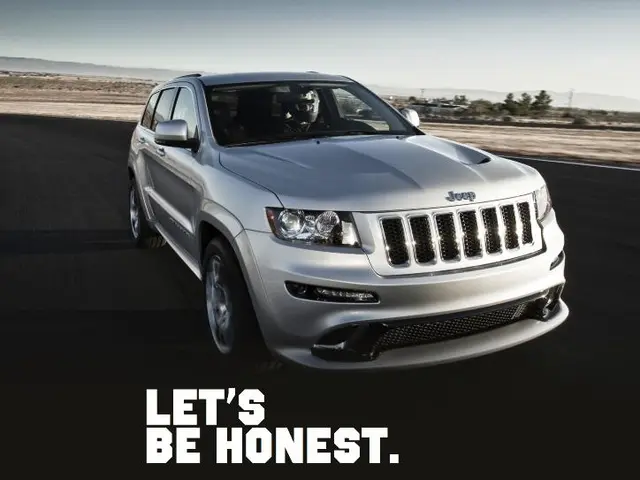Government Incentives and Infrastructure Investments Persistently Boost Electronic Vehicle Adoptions in India: Study Findings
Hustle and Bustle in the Indian EV Market!
India's EV market is buzzing with action as government incentives and strategic investments contribute to a surge in local production and sales. The latest report reveals that India's passenger vehicle (PV) sales saw a 4.6% growth in 2024, reaching over 4.3 million units, with battery electric vehicles (BEVs) making up 2.5% of these sales, marking a 16% yean-over-year increase.
The growth in PV sales can largely be attributed to the launch of several new models, such as the Tata Curvv.ev, MG Windsor, BYD Seal, BYD eMax 7, and the refreshed Tata Punch.ev, alongside others. In the near future, over 26 new EV models are planned for 2025 from top players like Maruti Suzuki, Hyundai, and Mahindra, broadening consumer choices.
To boost demand, some manufacturers have resorted to price adjustments and innovative solutions. Tata Motors and MG reduced prices in 2024, whereas JSW MG Motor introduced battery rental options, leading to a doubling of sales for specific models.
The Indian government is setting ambitious targets for EV adoption, aiming to achieve 30% EV penetration in PV segment, 80% in the combined two-wheeler and three-wheeler segment, and 70% in the commercial vehicle segment by 2030.
BEVs are projected to capture 5% of the PV market by the end of 2025 with the entry of international BEV specialists like Tesla and VinFast. Apart from PVs, electric two-wheelers captured a 6.2% share of total two-wheeler sales in 2024, reflecting a 36% year-over-year growth.
These electric two-wheelers are increasingly being utilized for last-mile delivery and micro-mobility applications, with food delivery and quick commerce companies expanding their use of them to promote a more sustainable future. Urban commuters are also preferring EVs over traditional powertrains for their daily travel needs.
While EV penetration in the commercial vehicle (CV) segment is still limited, electric three-wheelers are leading the transition. In 2024, electric three-wheelers made up 55% of the three-wheeler category, with every second three-wheeler bought being an EV, mostly due to high demand from the last-mile delivery sector.
While India is on the right track towards near-term EV adoption, sustained growth to meet the 2030 target necessitates cohesive national policies, supply-chain investments, and consumer incentives. Challenges persist in terms of subsidy dependency, infrastructure lag, and investor uncertainty, necessitating continual policy reforms and industry support.
- The industry anticipates a significant rise in electric vehicle (EV) powertrains, with BEVs estimated to capture 5% of the passenger vehicle (PV) market by the end of 2025, driven by the entry of international BEV specialists like Tesla and VinFast.
- In Delhi, the government is offering incentives to boost EV sales, aiming to achieve 30% EV penetration in the PV segment, 80% in the combined two-wheeler and three-wheeler segment, and 70% in the commercial vehicle segment by 2030.
- To drive technology advancements and meet the rising demand for EVs, the finance sector is expected to play a crucial role, investing in the development of more efficient and affordable energy solutions for the industry.
- In 2024, over 26 new EV models are planned for 2025 from top players like Maruti Suzuki, Hyundai, and Mahindra, with the goal of broadening consumer choices and further propelling the growth of the Indian EV market.




